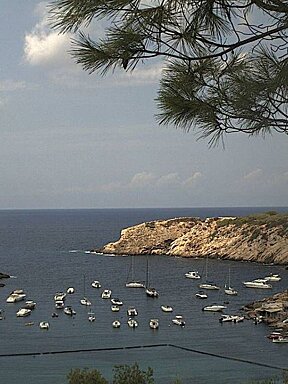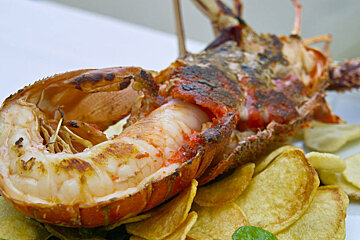
© Es Nautic
Local cuisine in Ibiza
Discover the top Ibiza local cuisine
A delicious mix of fresh seafood, traditional recipes and the very best of ingredients from this special island. Mediterranean cuisine at it's best, with fresh seafood in a melting pot of different cultures with age old recipes and techniques.
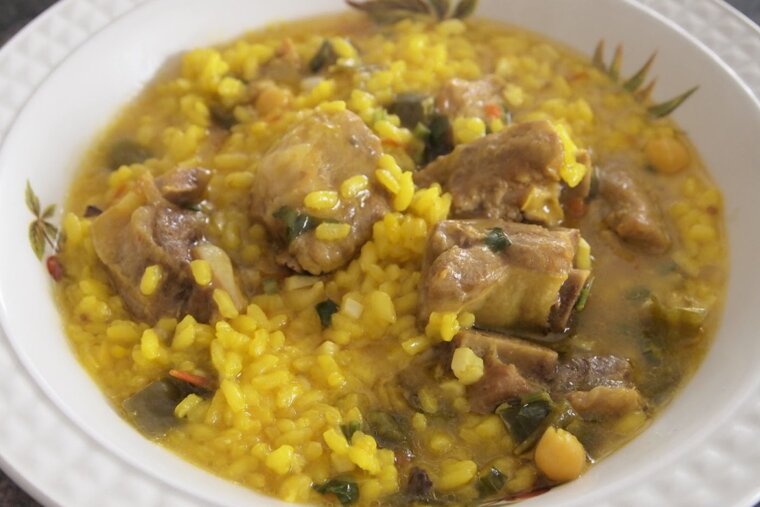
Arros de Matances - Sea & mountain produce combine in this traditional rice dish
Almost every region in Spain has its own traditional rice recipe, and Arros de matances is Ibiza's take on the grain.
Although nowadays it can be found in most of the restaurants serving traditional Ibiza cuisine, Arros de matances was typically only made on "matanza" day, when pigs were slaughtered.
The main ingredients are pork and squid, mixed with tomatoes, peppers, garlic, onion, olive oil, saffron and, of course, rice cooked "caldoso" style with excess water resulting in a delicious soupy dish.
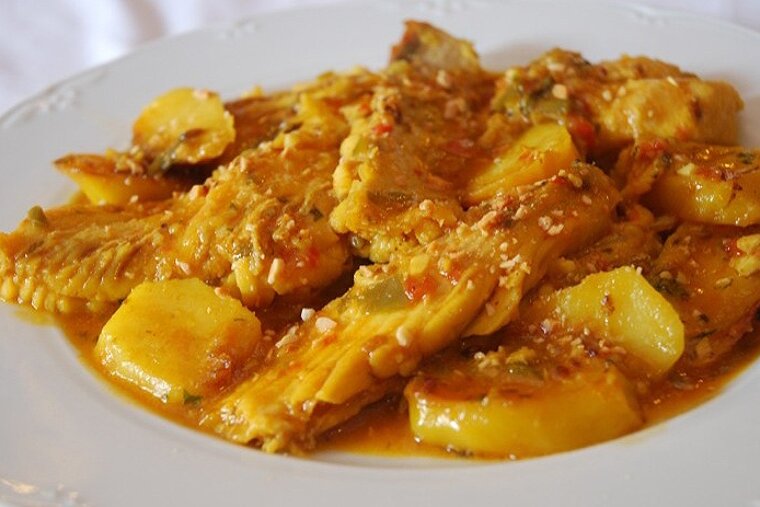
Borrida de Ratjada - Delicious fish dish with Mediterranean flavours
Ibiza cuisine is strongly rooted in Mediterranean produce, with many dishes based on fish and seafood. Borrida de Ratjada is a great example of this tradition.
Made with locally fished ray marinated with lemon and served with potatoes and a sauce prepared with almonds, garlic, parsley, saffron, egg and olive oil.
The golden coloured result is delicious on a sunny evening by the sea with a glass of local wine.
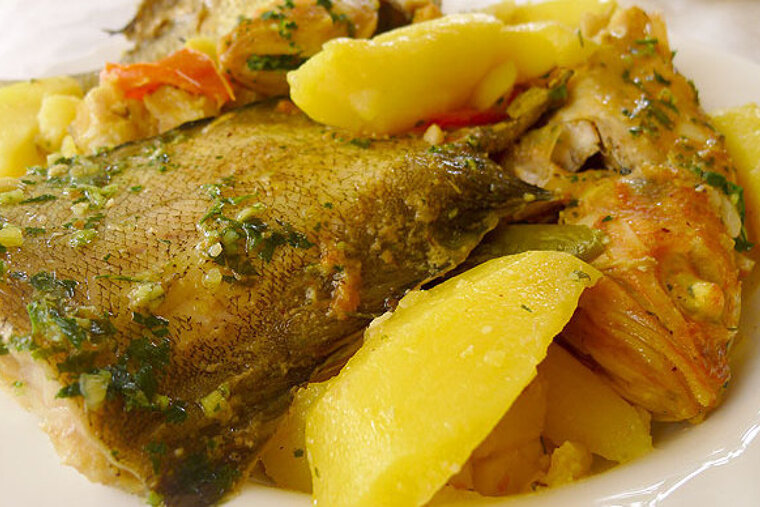
Bullit de Peix - Tasty Ibizan fish stew
This wonderful stew is made with rock fish, potatoes and vegetables, creating a salty flavoursome dish which embodies the Mediterranean on a plate.
Only local fish varieties are used in this recipe, including scorpion fish, bream and angler fish. The incredible combination of flavours is boosted with garlic, saffron, bay leaf and local summer vegetables.
Bullit de Peix can be served with mayonnaise or aioli.
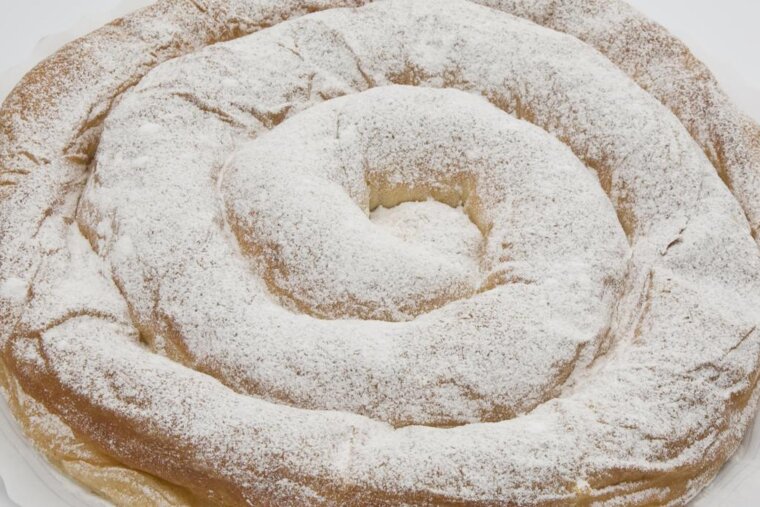
Ensaimada - Ibiza's most famous pastry and a very popular souvenir
Ensaimada is undoubtedly the most famous pastry from the Balearics and it has old origins that can be traced back to the 17th century, when it was made for parties and celebrations.
It is essentially a spiral-shaped pastry made with flour, eggs, water, sugar, mother dough and 'saim' (pork lard), delicious for breakfast or 'merienda' (afternoon snack) with a coffee. There are different variations on the basic recipe, so you can find ensaimadas filled with 'cabell d'angel' (a very sweet filling made with pumpkin strings), cream, chocolate... In Carnival, it is typically eaten with sobrassada and pumpkin ('tallades').
Balearic emigrants have spread the recipe across Latin America, so adaptations can be found in Argentina, Puerto Rico or the Philippines.
It is also very common to see lots of hexagonal ensaimada boxes on the flights leaving the island, being one of the most popular souvenirs to take home.
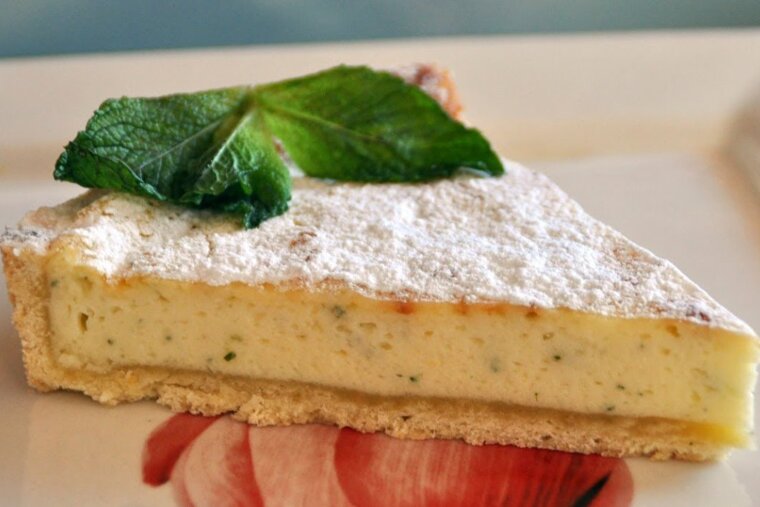
Flao (Spanish Cheesecake) - Originating on the Balearic islands of Ibiza & Formentera
History tells us that Flao is thought to have been created during the reign of King Jaume I. A very popular desert and many visitors who visit the islands will return home with one in their luggage...
The cheesecake is an unique combination of flavors - anise and mint. The crust, which is peppered with anise seeds and kept moist with anise liqueur is pressed into a tart pan or springform pan. The filling is made from fresh cheese (or ricotta and mascarpone), eggs and chopped mint. Once baked, the top is sprinkled liberally with granulated sugar.
Many of Ibiza's traditional dishes were eaten at certain times of year and "flaó" is normally associated with Easter. It was made specially for Easter Sunday by many bakeries and households across the island, although nowadays you can eat it at any time of year. Phew!
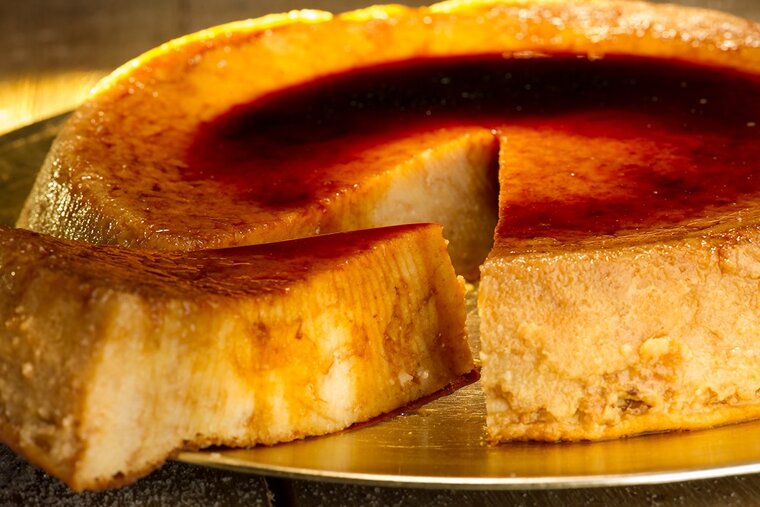
Greixonera - Finger-licking sweet pudding made with traditional ensaimada
Ensaimada is undoubtedly the most popular dessert in the Balearics. This flaky pastry shaped like Princess Leia's hair is the basis for Greixonera, a scrumptious moist pudding.
Greixonera is the name of the earthenware dish that this recipe was traditionally cooked in. It is a really simple pudding made with ensaimada, eggs, sugar, milk, cinnamon and lemon peel.
It was usually made for special occasions using ensaimada leftovers.
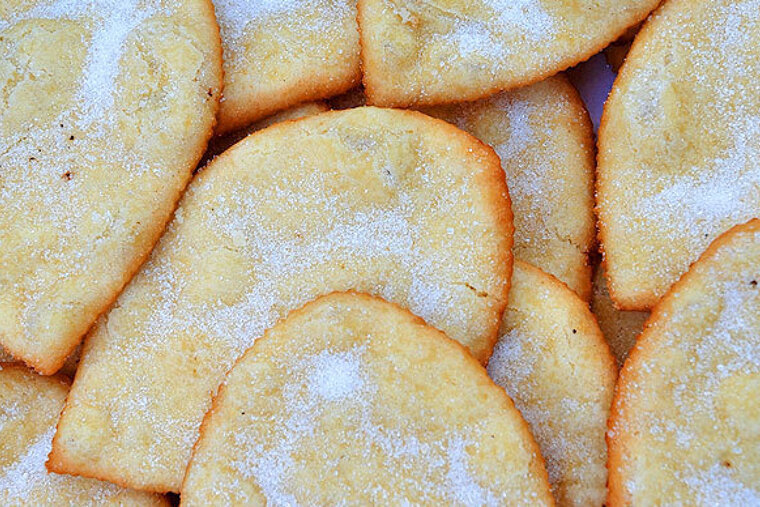
Orelletes - Sweet pancakes present in every local celebration
Orelletes means "ears", a name derived from their ear-like shape. These sweet pastries are always present at popular fiestas, weddings and other celebrations.
They are traditionally made by women who gather a day before the fiesta and spend the afternoon cooking them. Orelletes are enjoyed after mass, washed down with local sweet wine.
Prepared according to a really simple recipe, orelletes are made with flour, eggs, sugar, anisette and olive oil and then fried. They sometimes include lemon and orange peel or juice.
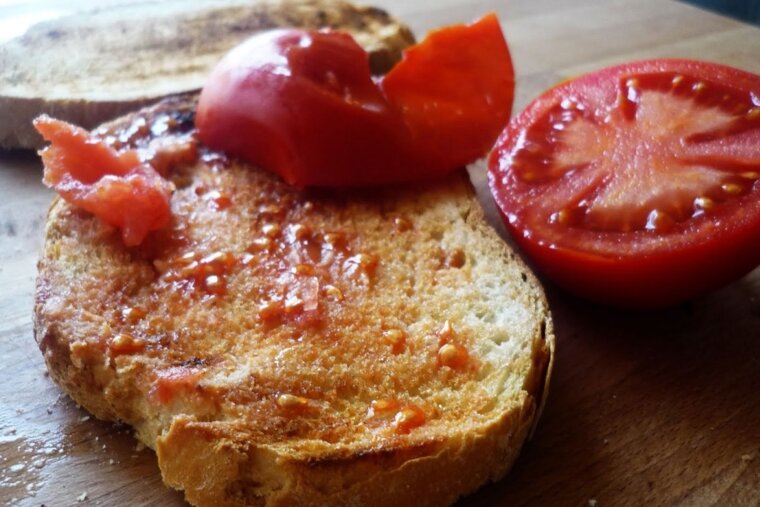
Pa amb oli -0 Traditional snack served almost everywhere
Pa amb oli means "bread with oil" and it is just that, the best local brown bread, rubbed with garlic, local "ramallet" tomatoes and olive oil made with olives grown on the island. The perfect dish for breakfast, to start a meal or to enjoy for "merienda" (afternoon snack).
Very similar to the Catalán "pa amb tomaquet" although made with a different type of bread, pa amb oli is perhaps Ibiza's most famous dish. It was first documented in the 18th century by the Mallorcan friar Josep Bernat Martí i Oliver as a slice of bread with oil, but now it is most commonly prepared with garlic and tomato.
Pa amb oli is served all across the island, and there are lots of variations of the classical recipe, topped with trampo, cheese, ham, sobrassada... the options are endless
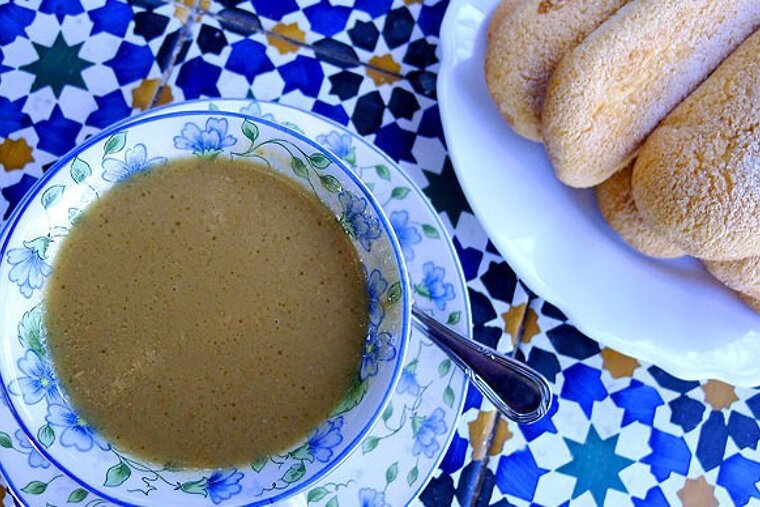
Salsa de Nadal - Almond soup served as dessert in Christmas
Salsa de Nadal is Ibiza's most typical Christmas dessert, traditionally made in large amounts days before the celebrations so that it lasts for the whole season.
Probably originated in the island's Arabic tradition, this liquid dessert consists of a mix of toasted almonds, eggs, sugar and cinnamon with water or beef stock.
It is served alone or with cake and biscuits to dip in, and can be enjoyed hot or cold.
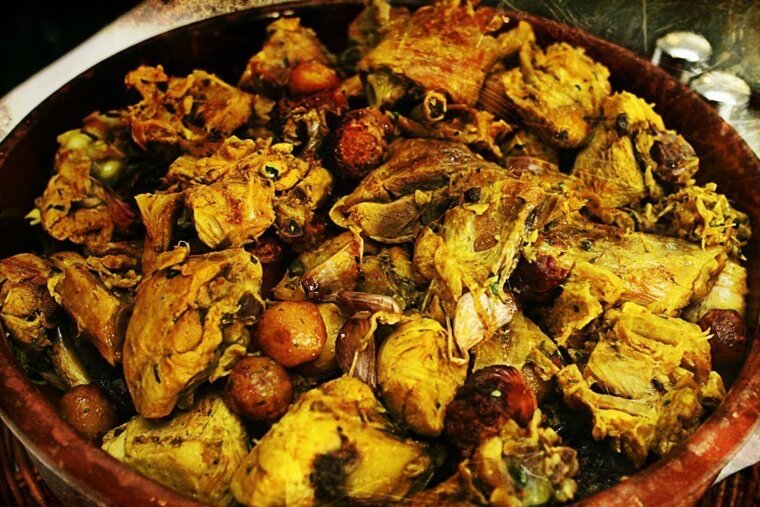
Sofrit Pages - Festive recipe made with meat & vegetables
Although most of Ibiza traditional cuisine is based on fish, there are some typical meat dishes that were usually prepared for festivities. Sofrit Pagès is a great example of the latter.
Fish was the main staple of local Ibizan inhabitants because of its low cost, so meat was reserved for celebrations. Sofrit Pagès is the most typical meat dish in the island's interior, prepared by farmers on special occasions.
This recipe is made with a mix of different kinds of meat usually including lamb, chicken, botifarrón and sobrassada, together with potatoes, seasonal Mediterranean vegetables (artichokes, peppers, tomatoes...) and spices such as saffron, paprika, etc. A mouth-watering stew to eat on a stop of your cycling tour across the island's mountains.

Tapas in Ibiza - a Spanish institution, served in every part of the country
Originally a free 'lid' (tapa) of ham across a drink, nowadays they consist of small portions of everything from octopus to olives.
An integral part of Ibiza's foodie culture, it is also a fantastic way of cheaply eating yourself around the island. Locals eat tapas before going out to eat a proper meal, but several portions can make a meal in itself. The idea behind tapas is one of community and conversation, designed to encourage conversation, because people are not so focused upon eating an entire meal that is set before them.
Some dishes are served cold such as mixed olives and cheese, or hot such as chopitos, which are battered and fried baby squid.
More inspiration...
Surely there can only be one place to head for more inspiration after reading this page.... check out our local Restaurants suggestions!























